Plastic Gold Workshop
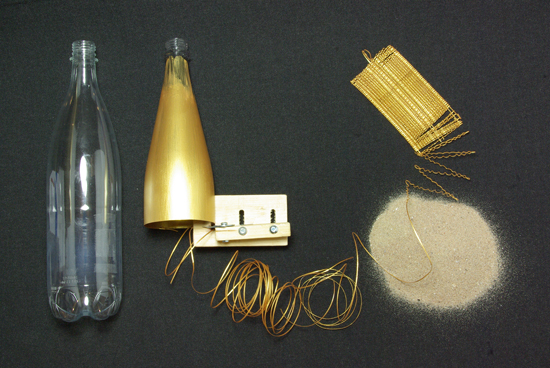
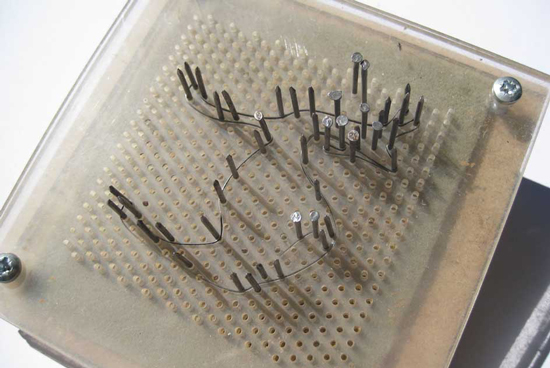
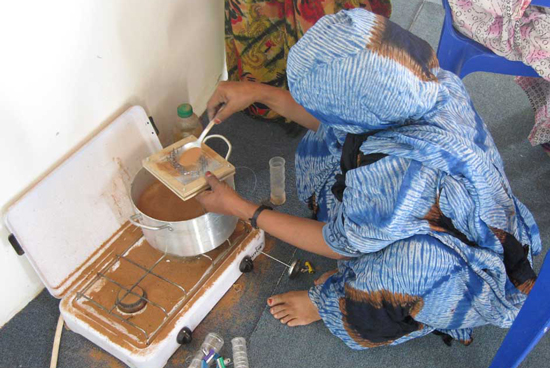
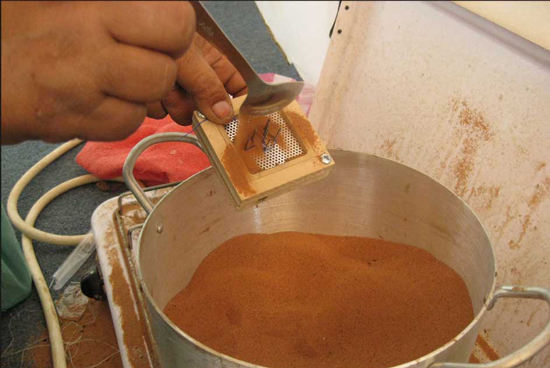
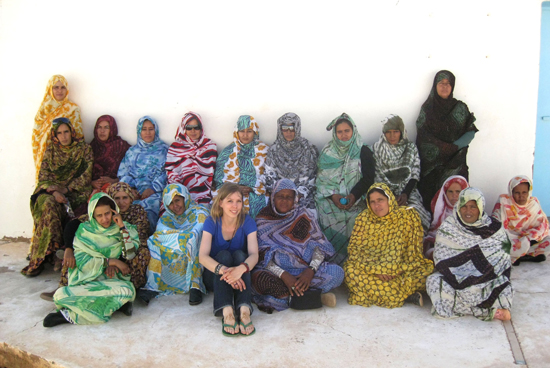
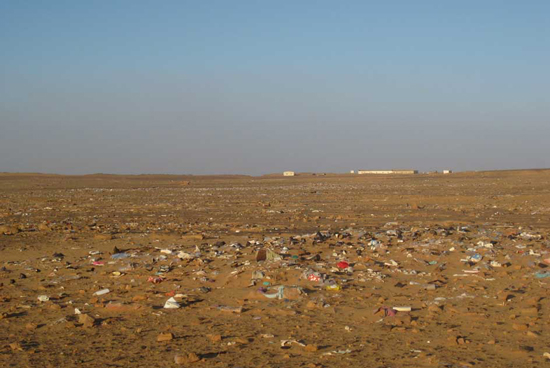
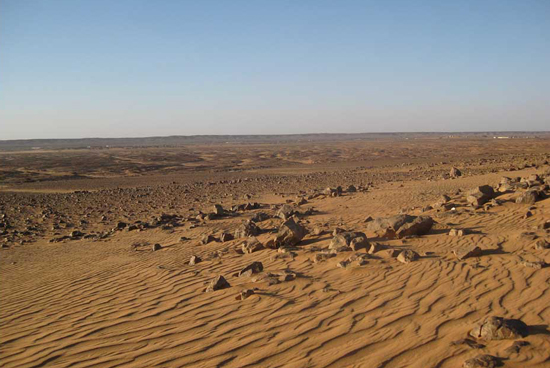
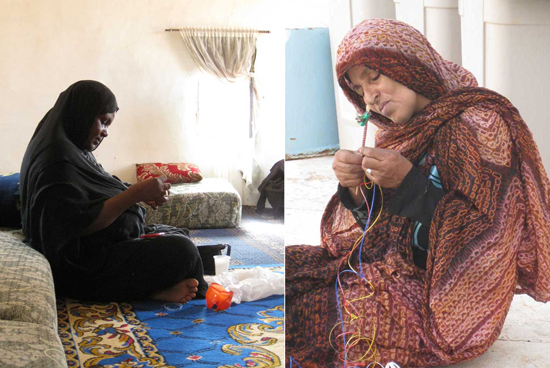
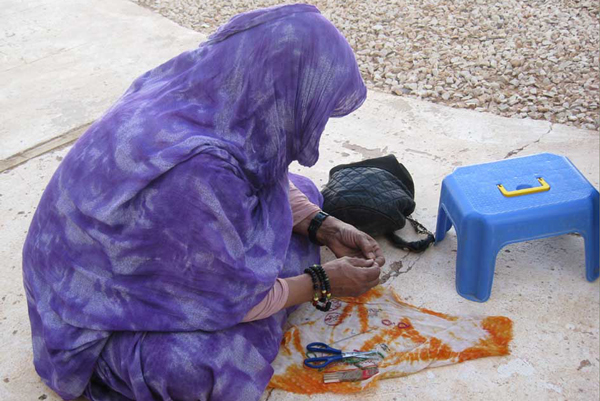
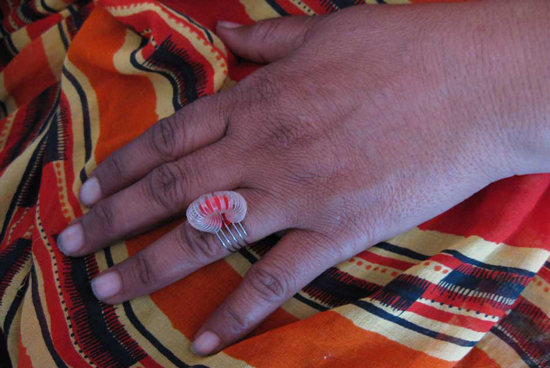
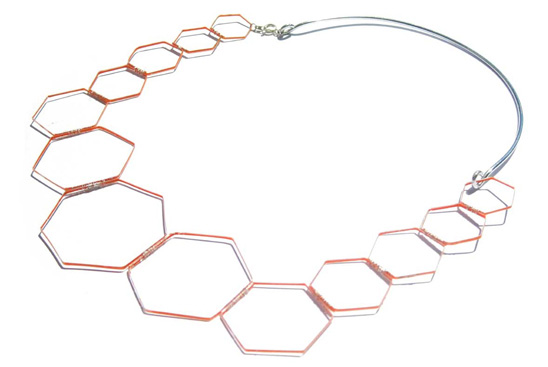
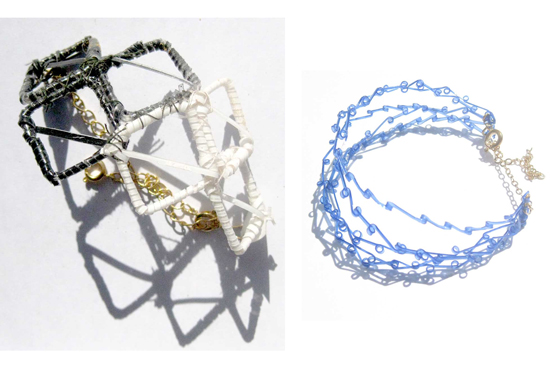
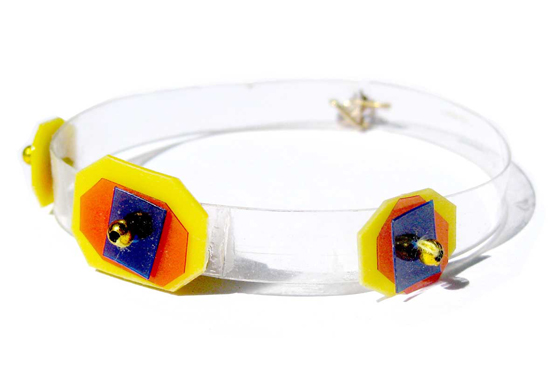
This project is based on a technique specifically designed to transform discarded plastic bottles into pieces of jewellery, with the very limited resources available in the Saharawi refugee camps in the Sahara desert. It only uses hot sand, simple hand tools and some paint. This craft aims to empower the Saharawis economically and culturally.
This part presents the first encounter with the Saharawi women.
More
About the Saharawis
The Saharawis are former nomadic people who used to live in Western Sahara. In 1975, Morocco annexed their territory. Since then, over half of them (around 150 000) have been living in exile in a remote stretch of the Sahara desert, waiting to get their land back.
The Saharawi refugee camps are located in one of the most hostile and barren desert of the world, in the south-western corner of Algeria, near the town of Tindouf. In these camps, there is virtually no work and resources. The Saharawis are dependent on precarious aid flows (food and other essential aid for survival).
Over the years, the Saharawis have been attempting to perpetuate a distinctive Saharawi society. However, this has proven to be a difficult task in the harsh conditions of the refugee camps. In terms of craft, the lack of resources their traditional craft was using (e.g.: leather) and the few sales opportunities for the type of products they used to make have made their craft decline. Today, craft is almost not practiced anymore.
Aims of the project
Economical: To offer Saharawis a sustainable way for generating income and reduce dependency on humanitarian aid.
Cultural : To provide them with an open-source technique and tools with which they can design their own pieces and invigorate their local craft traditions in an original way.
Social: To provide the Saharawis with an activity that could strengthen their self-esteem in the context of a refugee camp where job activities are virtually inexistent.
The technique
The plastic bottle is first painted and then cut into thin strips with a cutting tool. Then, any type of drawing can be made by positioning some nails into the holes of a nail board. The plastic stripe is placed all around the nails and the whole is submerged into hot sand. As a consequence, the plastic strip reacts to the heat by shrinking all along the nail drawing and keeping its shape. The piece of jewelry then requires a few last steps to become finalized.
Workshop
Thanks to the sponsorship of Sandblast, the first workshop was led in April 2009 in the camp of Dakhla. The technique was taught to 21 Saharawi women. The aim was to see if the technique could work in the context of the camp and how the women would respond to it as they were encouraged to use the technique to be creative and design their own pieces.
The success of the workshop was measured in several ways but the most rewarding one was the passion and intensity of engagement women expressed with the creative process. As the workshop lasted only three hours a day, most of them continued working at home and came back to school the day after with new creations. They became steadily more motivated, while the amount of pieces of jewellery produced increased and diversified. Indeed, the women inspired each other with their creations. Moreover, they were encouraged by lots of compliments and the feedback the visitors (either the Saharawis or foreigners) to the workshop.
In terms of financial potential, some money was generated from the pieces produced but the amount was quite low as the pieces were sold in the refugee camps where there are not that many visitors and therefore not so much money to be made. This led to the second step of the project (See Plastic Gold Jewellery).
This film was produced after the first workshop, it summarizes the project at this step and give an idea of the living conditions in the refugee camps.
Sponsor of the project: Sandblast-arts.org, a London-based arts and human rights charity.


